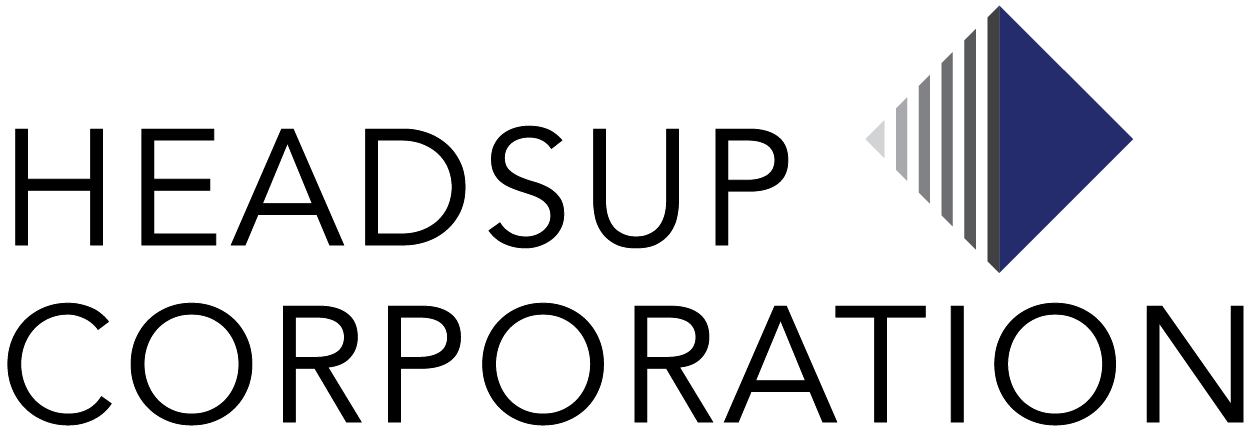The face of the workforce is ever-changing with every new and efficient trend. They are easily adapting to new changes without any major challenges. As a part of the fast-paced corporate world, it’s important to be up to date with the changes. In this landscape, performance appraisals (PA) act as a yearly checkbox and as a mirror or a roadmap of an employee’s journey.
When done right, appraisals give organisations a clear and effective pulse on employee performance, productivity patterns and potential. They put a spotlight on top performers, uncover roadblocks and surface better opportunities for learning and leadership. It gives a reflective moment to employees to get a deeper insight into their personal achievements and growth and as well as any gaps they might have faced. Whether you’re a manager looking to lead better or an employee preparing for your next review, understanding the full spectrum of PA can turn a formal ritual into a powerful growth conversation.
What Exactly Is a Performance Appraisal?
From a broader lens, performance appraisal is a structured, strategic process where an employee’s work is evaluated against pre-set goals, behaviors and competencies. It can be annual, bi-annual, or even quarterly, depending on the company’s culture and cadence. The purpose? To review contributions, give feedback, offer recognition, and plan for development. It’s both backward-looking (what was achieved?) and forward-focused (what’s next?).
At its core, a PA is more than ratings and forms. It’s a two-way dialogue between manager and employee. It combines self-reflection, manager insight, peer input, and data-driven evaluations to understand how someone is growing in their role.
Key Purposes of Performance Appraisal
- Goal Alignment: To know how much the candidate is sure about the goals of the organisation and the team requirements.
- Skill Assessment: This helps assess what are the skill gaps that the candidate might have or any gaps from the management that are needed.
- Career Growth Planning: Performance Appraisal helps a broad and brief career growth planning for candidates and gives them a chance to get into managerial or leadership roles.
- Feedback and Coaching: With PA employees get access to proper feedback from upper management and their peers.
- Reward and Recognition: Employees are given a chance to truly shine and are given the valuable feedback they deserve and gain.
- Accountability and Clarity: Accountability ensures that employees understand their responsibilities and it fosters a sense of ownership.
Types of Performance Appraisals & How They’re Conducted
Traditional Rating Scale: Employees are rated on traits like punctuality, productivity, and teamwork—typically on a 1–5 scale. Conducted via forms, often annually.
360-Degree Feedback: Collects feedback from peers, subordinates, managers, and sometimes clients. Useful for holistic development conversations.
Management by Objectives (MBO): Performance is measured against quantifiable goals set at the beginning of the period. Common in sales or target-driven roles.
Behaviorally Anchored Rating Scale (BARS): Evaluates performance using specific behavioral examples tied to ratings. Reduces subjectivity and increases fairness.
Criticisms of Performance Appraisal: Despite their intention, PAs often get flak for being time-consuming, biased, or demotivating. Some common critiques include:
- Recency Bias: Focusing only on recent events rather than the full appraisal period.
- Manager Bias: Subjective opinions skew fairness.
- Lack of Follow-Through: Feedback without clear action plans or development support.
- One-Size-Fits-All Metrics: Ignoring role-specific nuances.
- Anxiety-Inducing: More pressure than motivation if not handled empathetically.
To address these, many companies are now moving to more frequent, conversational, and growth-oriented models. A good PA system isn’t just about accountability, it’s a strategic business tool. Performance appraisals aren’t just about rating people, they’re about raising them. They connect individuals to purpose, growth, and possibility.
For organisations, they’re a way to retain talent, plan better, and build cultures of continuous improvement. And for employees, they’re a moment to pause, reflect, and move forward with clarity. So the next time appraisal season rolls around, think of it not as an HR task, but as a conversation that can shape careers and companies alike.








